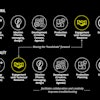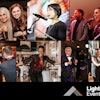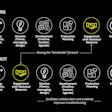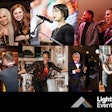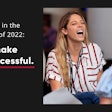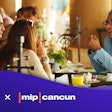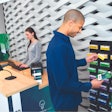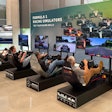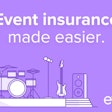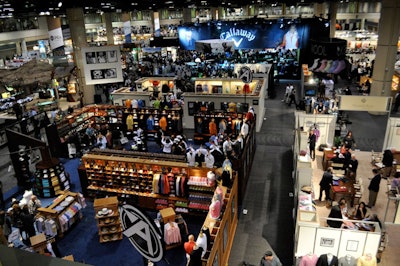
GPS is a standard feature in smartphones, fueling the use of location-based services to do things such as map road trips, find restaurants, and add locations to Facebook posts. Geolocation data is also driving marketing, for example allowing retailers to understand shopper’s traffic patterns and time spent within a store.
The ability to incorporate location-based services into a meeting or conference varies from venue to venue depending on the strength of the GPS signal. (Near field communication, or N.F.C., provides a more reliable option but has not been widely adopted. Learn more about it here.)
Many mobile apps for events give options for planners to customize information and offers to attendees based on their location. Examples include apps from Phunware, which demonstrated indoor mapping capabilities at Cisco Live in June, and Topi, which allows planners to create virtual perimeters, or geofences, around one or more event locations and then interact with attendees within those boundaries.
Here are six ways to use this technology at your next conference:
1. Instant attendee recognition
The apps can be configured to recognize anyone using them within a certain location, eliminating the need for an additional step such as logging in or scanning a QR code.
2. Location information
When integrated with a venue map, attendees can see where they are in relation to event locations such as a trade show floor or breakout rooms.
3. Navigation assistance
Users can plot two locations and receive custom wayfinding information, which is particularly useful in large venues.
4. Zone triggers
Hosts can create custom messages that are triggered by the user’s location. “For example, if you just walked by the Cisco booth, it might send a message saying, ‘Our next speaker goes on stage in five minutes, so come on back,’” said Andy Greff, Phunware’s vice president and general manager of mobile as a service. Other examples include a welcome message as people arrive at the venue or a coupon as they walk by an exhibitor.
5. Networking facilitation
Influencer Con, which took place in 2012 in five cities around the world, made use of Topi’s geofencing capabilities. The app displayed a photo and information about anyone using it at one of the designated locations, so attendees could communicate with one another. “People were chatting with each other in real time, not even realizing they were thousands of miles away,” said Topi C.E.O. David Aubespin. "The geofences can be done in any shape and we can add as many as we want."
6. Data gathering
Planners can see where attendees are spending their time and how traffic patterns vary throughout the day.

